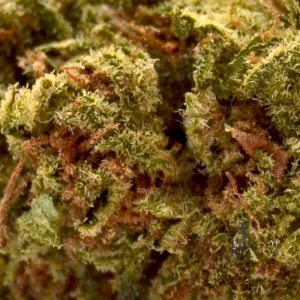Certificate of Analysis … What Is It Exactly? See Here

Certificate of Analysis
Sər-ˈti-fi-kət əv ə-ˈna-lə-səs | Noun
A lab report on the chemical makeup of the hemp flower or CBD products. It’s issued by internal Quality Assurance or third-party testing labs and is a verified confirmation that the product at stake has passed inspection and meets regulatory standards. It commonly contains the actual results obtained from testing performed as part of quality control of a batch of a product. A Certificate of Analysis (COA) typically contains information on cannabinoids, terpenes, pesticides, heavy metals, moisture content, residual content, microbes, and the presence of foreign materials.
“My Lifter Plus CBD Pre-rolls came with a Certificate of Analysis that shows incredibly high pinene and humulene content.”
“Before ordering any hemp flower or CBD product, I always check its Certificate of Analysis.”
More About Certificate of Analysis
The role of a COA is to verify that the content of the product matches the way it’s advertised. This is essential for hemp CBD products because it proves that they contain less than 0.3% THC by weight — which is the legal limit. A Certificate of Analysis gives the buyer peace of mind that the product is not mislabeled and they can dose based on the exact potency and ingredients on the list.
How to Read a CoA?
First, check whether the company that performed the lab testing is different from the company selling the product. This is known as “third-party testing,” and ensures transparency of the results presented in the COA. If the same company that sells the products has tested them, the report could be biased.
Next, look for information that identifies the sample and batch that the product came from. The top right corner of the document typically contains the address and contact information of the company selling the product. It also includes a QR code that can be scanned to verify the authenticity of the report. This document should contain:
- Cannabinoid profile: The first thing you might notice when opening the report is that it contains a listing of cannabinoids detected, together with their concentration. For hemp CBD products, the delta-9 THC should be under 0.3%. The percentage of CBD, CBG, and other cannabinoids detected in the hemp flower should match the label.
- Terpene profile: This part shows the terpenes detected in the sample and the amount of each by weight percent. The report may contain information on the flavor of the strains based on which terpenes are more dominant.
- Heavy metal analysis: This chart contains a list of metals tested and the concentration measured in the sample. The report should include the “standard” levels of the metal that are safe to ingest per day determined by the state Department of Public Health and U.S. Pharmacopeia. This will allow you to compare whether the sample passes the limits or not.
- Pesticide analysis: Some companies have a separate document that contains pesticide analysis. This part lists common pesticides tested for in the sample and whether they have been detected (ND stands for non-detected).
Final Thoughts
A Certificate of Analysis is an essential document used to verify that the product’s content matches the advertised chemical makeup.








